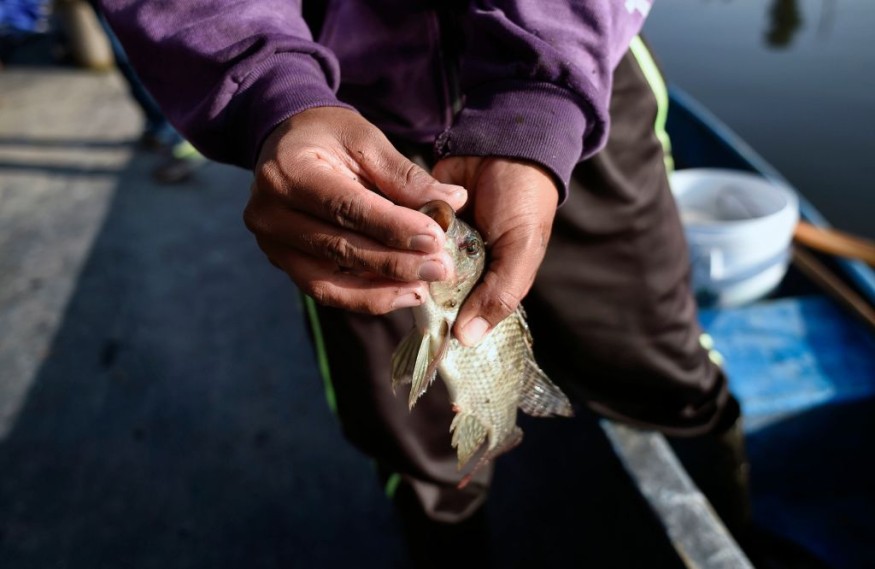
A California woman who had undercooked tilapia contracted a vibrio bacteria infection, which led to the amputation of all her limbs.
Undercooked Tilapia Meal Ends in Leg Amputation
After consuming some undercooked tilapia, a mother in California had to have all of her limbs amputated.
According to information provided in a GoFundMe account started by Laura Barajas' close friend Anna Messina, Barajas last month bought fish from a nearby San Jose market and ate it at her home. Unfortunately, Barajas, 40, had to endure a trying hospital stay that lasted for more than a month as she battled a Vibrio vulnificus infection. On Wednesday, Barajas underwent surgery to have all her limbs amputated.
Vibrio Vulnificus Bacteria Infection
By September 1, the CDC Centers for Disease Control and Prevention issued an urgent alert, warning the public of the increasing cases of Vibrio vulnificus bacterial infections in the US as temperatures of ocean waters continue to rise. This is based on the warming waters of the Gulf of Mexico, which is the breeding ground for Vibrio vulnificus responsible for around 80,000 yearly infections across the US.
Symptoms of a Vibrio vulnificus infection include watery diarrhea, stomach cramps, nausea, vomiting, and fever. The agency also emphasizes that infected wounds may display signs such as redness, warmth, discomfort, swelling, discoloration, and unusual discharge.
The primary source of Vibrio infections is the consumption of raw or undercooked oysters and shellfish. The CDC strongly advocates raising public awareness and implementing rigorous food safety measures to curtail the spread of these infections.
In response to this alarming situation, the CDC advises against consuming raw or undercooked shellfish, including oysters, and recommends thorough handwashing with soap and water after handling raw shellfish. Furthermore, they caution individuals with open wounds to avoid contact with salt water to prevent Vibrio infection. Staying vigilant and adhering to these guidelines can help mitigate the risk of Vibrio vulnificus infections.
Warming Temperatures and Wound Infections
The CDC advises healthcare professionals to consider Vibrio vulnificus as a potential culprit for wounds infected in coastal waters, especially near the Gulf of Mexico or the Eastern Coast during elevated sea surface temperatures. Rising water temperatures are expected to cause more frequent and extensive Vibrio infections, according to a recent USDA study. There are indications that this change is already taking place. Surprisingly, an epidemic happened in Alaska in 2004-more than 600 miles farther north than any other cases-providing unmistakable proof of this new pattern. It underscores the importance of vigilance and proactive measures in coastal regions.
Infections, once uncommon in Oregon and Washington, are now commonplace there.
Because of increasing sea surface temperatures linked to modest increases in greenhouse gas concentrations, non-cholera Vibrio infection cases in the US may increase by more than 100% if global warming is not controlled by 2090 compared to 1995.
Vibrio is just one form of infection whose effects will probably worsen in the twenty-first century due to climate change.
© 2025 NatureWorldNews.com All rights reserved. Do not reproduce without permission.





